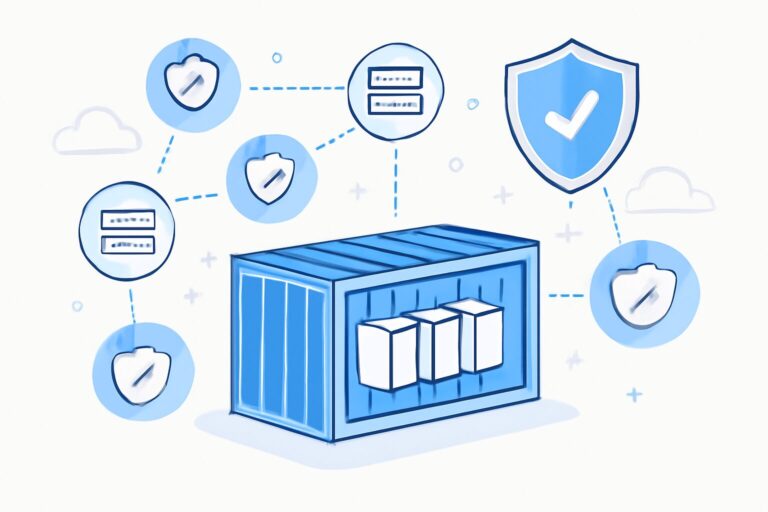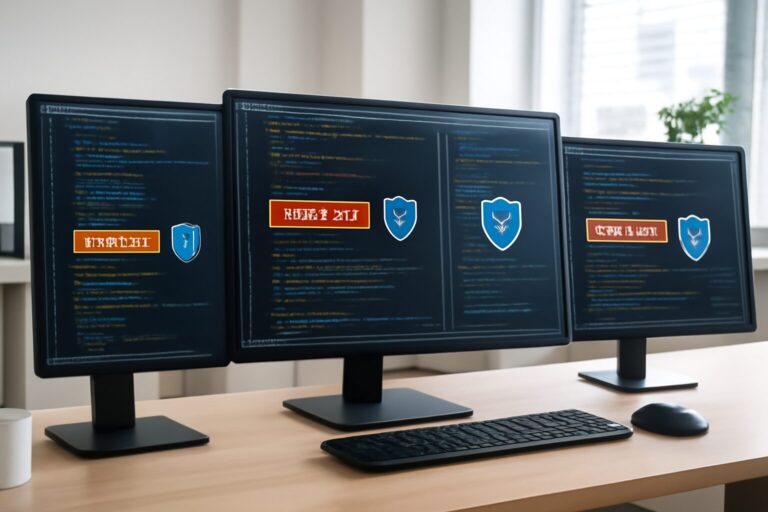In today’s fast-paced digital transformation era, enterprises face increasing information security challenges. Among these challenges, security configuration mistakes stand out as “low-hanging fruit” in cybersecurity, making them primary targets for attackers. This article delves deeply into this hidden hazard, combining the latest professional insights and real case studies to reveal how to scientifically defend and build a solid defense.
—
## Deep Analysis: Why Are Security Configuration Mistakes the Biggest Security Risks?
ThreatLocker’s Chief Product Officer Rob Allen figuratively calls security configuration errors “low-hanging fruit,” highlighting their commonality and ease of exploitation. Configuration vulnerabilities usually do not require complex zero-day attacks; attackers only need a few easy steps to obtain sensitive enterprise data.
The prominent 2024 CBIZ data breach exemplifies this. Attackers exploited API endpoints without enabled authentication to steal personal details of 37 million customers, including names, emails, and phone numbers. This incident exposed serious API security negligence and warned all enterprises to emphasize API security configuration.
Compared to zero-day vulnerabilities, configuration errors often exist across internal and third-party components. Issues like poor cross-team collaboration, permission abuse, and monitoring blind spots amplify the risk, making detection extremely difficult. This explains the rising proportion of security incidents caused by configuration vulnerabilities in recent years.
According to SC World reports, security configuration-related attacks constitute over 30% of total security incidents, surpassing some zero-day attacks. These issues are often discovered only post-incident, causing immeasurable economic and reputational damage to enterprises.
—
## Common Configuration Mistakes: Has Your Enterprise Fallen Victim?
Typical security configuration mistakes include:
– Default credentials unchanged: System default usernames and passwords remain, creating a “wide-open door” in cybersecurity.
– Public access to cloud storage buckets: Services like AWS S3 and Azure Blob without proper permission isolation expose sensitive files easily.
– API endpoints without authentication or overly broad permissions: Oversights during development allow hackers to bypass defenses.
– Overly permissive firewall and access control list (ACL) rules: Lack of network segmentation broadens attack surface.
– Containers and Kubernetes not following least privilege principle: Leads to potential privilege escalation and easier exploitation of container environments.
Some of these issues are even overlooked by enterprise security teams, gradually widening the “easy-to-find, easy-to-exploit” security gap.
For example, the massive 2020 Twitter hack involved similar permission configuration issues. Attackers obtained admin permissions via social engineering, crippling numerous celebrity accounts. This incident spurred industry-wide reflection on configuration management urgency.
—
## Using Automation Tools to Build a Security Defense Without Blind Spots
Manually checking complex configuration points is insufficient to cover all vulnerabilities. Automated configuration audits become essential. Combined with Infrastructure as Code (IaC) and Cloud Security Posture Management (CSPM), enterprises can quickly detect misconfigurations and reduce workload.
Recommended tools and solutions include:
| Tool Name | Function | Representative Products or Open-Source Projects |
|———–|———-|———————————————–|
| IaC Scanning | Prevent configuration errors at code stage | Terraform + HashiCorp Sentinel, CloudFormation |
| Cloud Configuration Management | Cloud environment compliance and automated audits | AWS Config, Azure Policy, GCP Config Validator |
| Compliance Checks | Standards compliance and vulnerability scanning | OpenSCAP, CIS-CAT |
| Runtime Security | Real-time monitoring of runtime environment | Aqua Security, Sysdig, Falco |
For example, Prisma Cloud and Snyk Infrastructure as Code can automatically detect permission errors in Terraform templates and implement baseline drift alerts via continuous monitoring. Automation significantly enhances configuration visibility, empowering teams to proactively mitigate risks.
👉 Recommended Reading: [Prisma Cloud Official Documentation](https://www.paloaltonetworks.com/prisma/cloud)
—
## Best Practices: Comprehensive Defense Against Security Configuration Risks
– Principle of Secure Defaults: Set the strictest permissions and disable unnecessary features to avoid “default insecurity.”
– Continuous Monitoring and Drift Detection: Use benchmarks and drift monitoring to promptly identify abnormal changes and respond to potential risks.
– Red Team and Blue Team Drills: Simulate attacks to test configuration security and strengthen real-world response capabilities.
– Detailed Documentation and Regular Audits: Record all configuration changes, ensure cross-department transparency, and leverage third-party audits for deeper defense.
Such multilayered defense strategies are key to mitigating the high-frequency attacks caused by configuration mistakes. Only through tight integration of technology and management can enterprises build an unbreakable security barrier.
—
## Frequently Asked Questions (FAQ)
**Q1: Why are security configuration mistakes harder to detect than zero-day vulnerabilities?**
Configuration flaws are often scattered among multiple systems and components and involve permission boundaries or default settings, lacking clear vulnerability characteristics making traditional scans less effective.
**Q2: How to avoid authentication configuration errors on API endpoints?**
Adopt unified authentication mechanisms such as OAuth2, implement the least privilege principle, and use automated audit tools to continuously monitor API permission changes.
**Q3: How does public access to cloud storage lead to data leaks?**
Public access allows unauthorized users to directly read data, severely threatening sensitive information security. Proper access policies and monitoring of cloud storage access logs help mitigate this risk.
**Q4: Can automated configuration audit tools fully replace manual checks?**
Automation greatly improves efficiency and coverage, but manual reviews remain essential for identifying business logic errors and complex security policies.
**Q5: How can enterprises promote cross-department collaboration to reduce configuration risks?**
Establish shared security configuration management platforms, clarify responsibilities, and regularly conduct security training and communication activities to enhance team collaboration.
**Q6: What key aspects should be focused on for container and Kubernetes security configuration?**
Least privilege principle, network policies, secrets management, image security scanning, and runtime monitoring are all indispensable.
—
Facing increasingly complex cybersecurity environments, enterprises must not neglect the risks posed by security configuration mistakes, which are the source of many attacks. Utilizing automation tools, strengthening team collaboration, and enforcing strict security policies can eliminate risks at the root. For more information on assessing and optimizing your enterprise security configuration, visit De-Line Information Technology official website https://www.de-line.net for professional security consulting and continuous protection services, helping your enterprise’s digital assets remain rock-solid 💪.
************
The above content is provided by our AI automation poster




